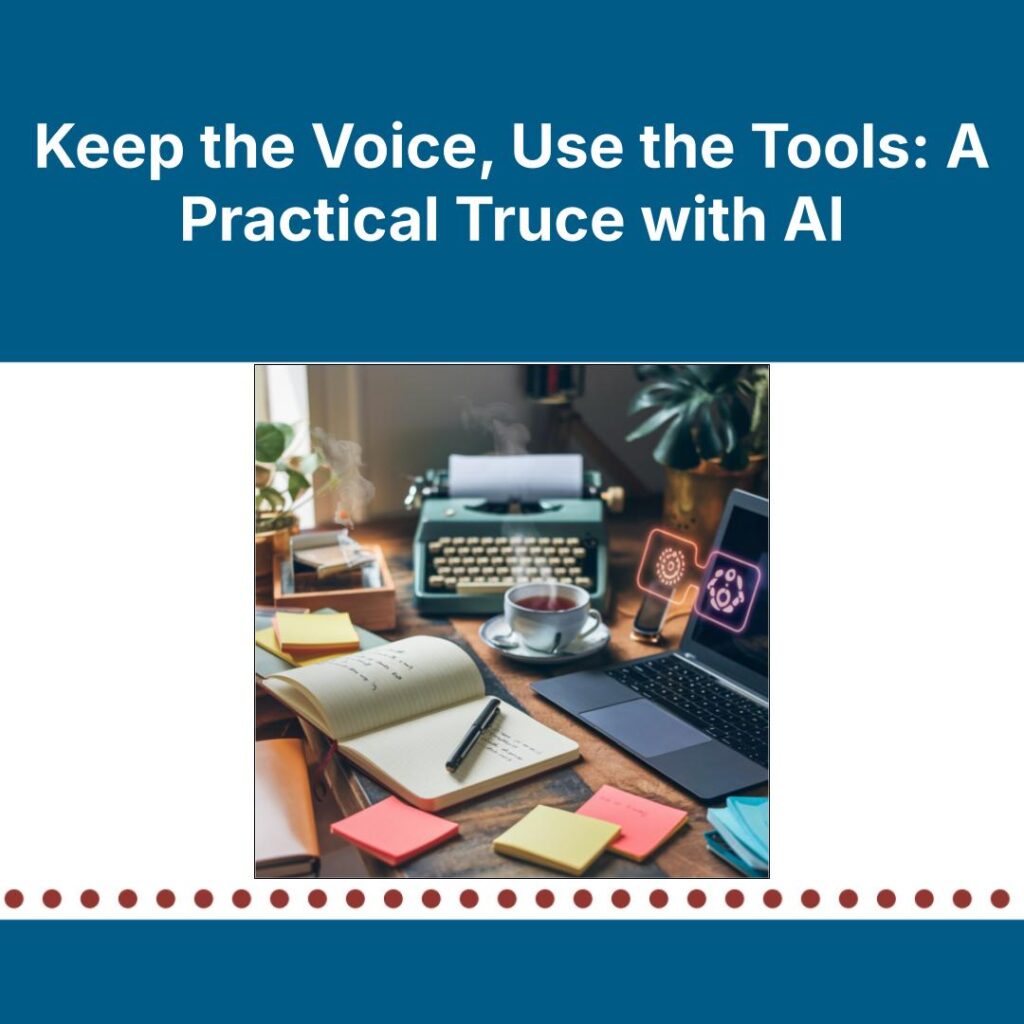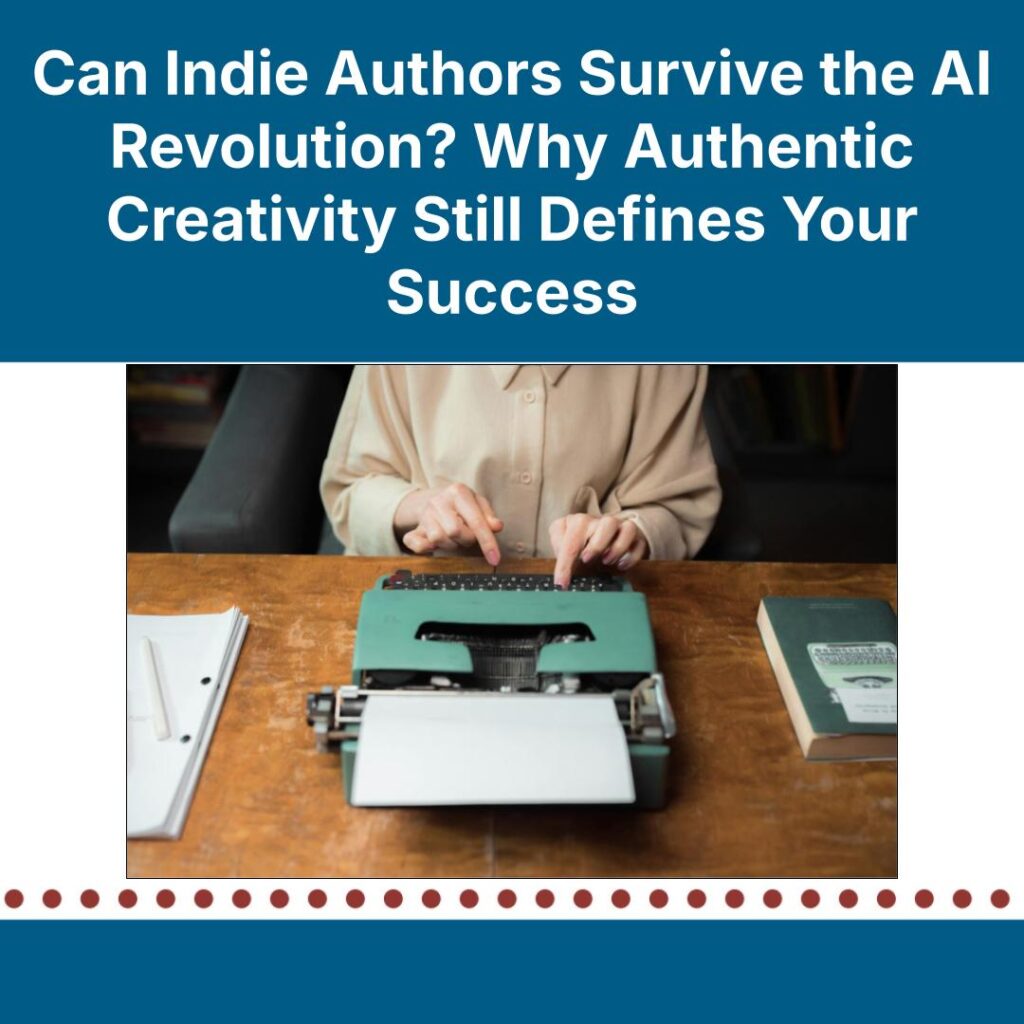Dear Indie Annie,
I know I need to run ads if I want to grow my revenue, but all the numbers are making my brain hurt. ACOS, CPC, Impressions, CTR: I am trying to keep them straight, but all the acronyms and calculations are confusing me. I can't remember what the letters stand for or what the terms mean, and the numbers keep jumping around. Please help!
Innumerate in Indiana
Oh, my sweet, darling Innumerate in Indiana,
I feel your pain. I really do. When the exceptional team here at IAM passed your question to me, I hid in my bedroom for a week, and they had to entice me out with an offer of iced cinnamon buns and whiskey-laced hot chocolate with gold-dusted marshmallows.
Even then, I begged them to give me a different question. Advertising jargon makes my blood run as cold as an evening stroll on Mercury. Sadly, understanding this alien language is essential if you wish to grow your sales. And as much as we are all in this business because we love story-telling, the reason you and many others are here reading this glorious publication is that you want or need to make money from your art.
So what advice can I give you, my friend?
Take the time to learn how to run ads and apply the techniques or find someone else who can do it for you.
Sorry for being so blunt. We all face this dilemma. Like that wonderful children’s story We’re Going on a Bear Hunt by Michael Rosen, we can’t go over it. We can’t go under it. We have to go through it.
And we all have to go through it. Sales do not magically happen. Mastering the dark arts of advertising is essential if you are serious about making any income from your books.
Like any new skill, at first, the terms are hard to grasp. I’ll let you in on a little secret. When I emerged from my cocoon, I had to look up all the acronyms, and I do this every time I run a campaign. They just don’t stick in my head, but what does stick is how valuable they are to analyzing the success of a campaign.
Let’s quickly run through some simple definitions.
ACoS (Advertising Cost of Sale) is a percentage showing how much a sale costs you in advertising money, calculated by dividing total ad spend by total sales.
CPC (Cost per Click) is the amount you, the seller, pays when a buyer clicks on your ad.
CTR (Click Through Rate) is the number of potential buyers who viewed (impressions) and then clicked on your ads.
Impressions have nothing to do with the roasting of public figures on Saturday Night Live. Impressions mean the number of times prospective buyers have seen your ad.
The trick is to get the ad in front of people who are not only interested enough to click through to the sales page but who will also buy your book once they get there. Metrics help you understand how well that is happening and where in the process you may be losing people.
For example, if your CTR is low, then the problem may lie with your keywords, your cover, ad copy, etc. In short, the advertising is not attracting potential buyers to your book. If you have a good CTR but low sales, then look at your blurb, what can be seen in the “Look inside” feature, etc.
It is worth investing the time into understanding the language of advertising and what it can tell you about your book’s appeal and your marketing strategy. The trick is to test variations until you find winning formulas: ads that convert from impressions through clicks to sales. Initially, making a sale and increasing those sales are important so you can gather useful data. Later, you can explore the profitability of the ad, i.e., is the CPC too high? In short, which ads make the most profit?
If all this is making you want to disappear under your bed sheets and never write another word, think about hiring someone to do it for you or perhaps trade skills with another writer who is skilled with ads but who can’t afford an editor and so on.
Some people prefer the science of advertising to the wizardry of words. Reach out and find these precious souls or learn how to weave the magic yourself. And if you crack the code, call me.
Happy Writing,
Indie Annie
x









